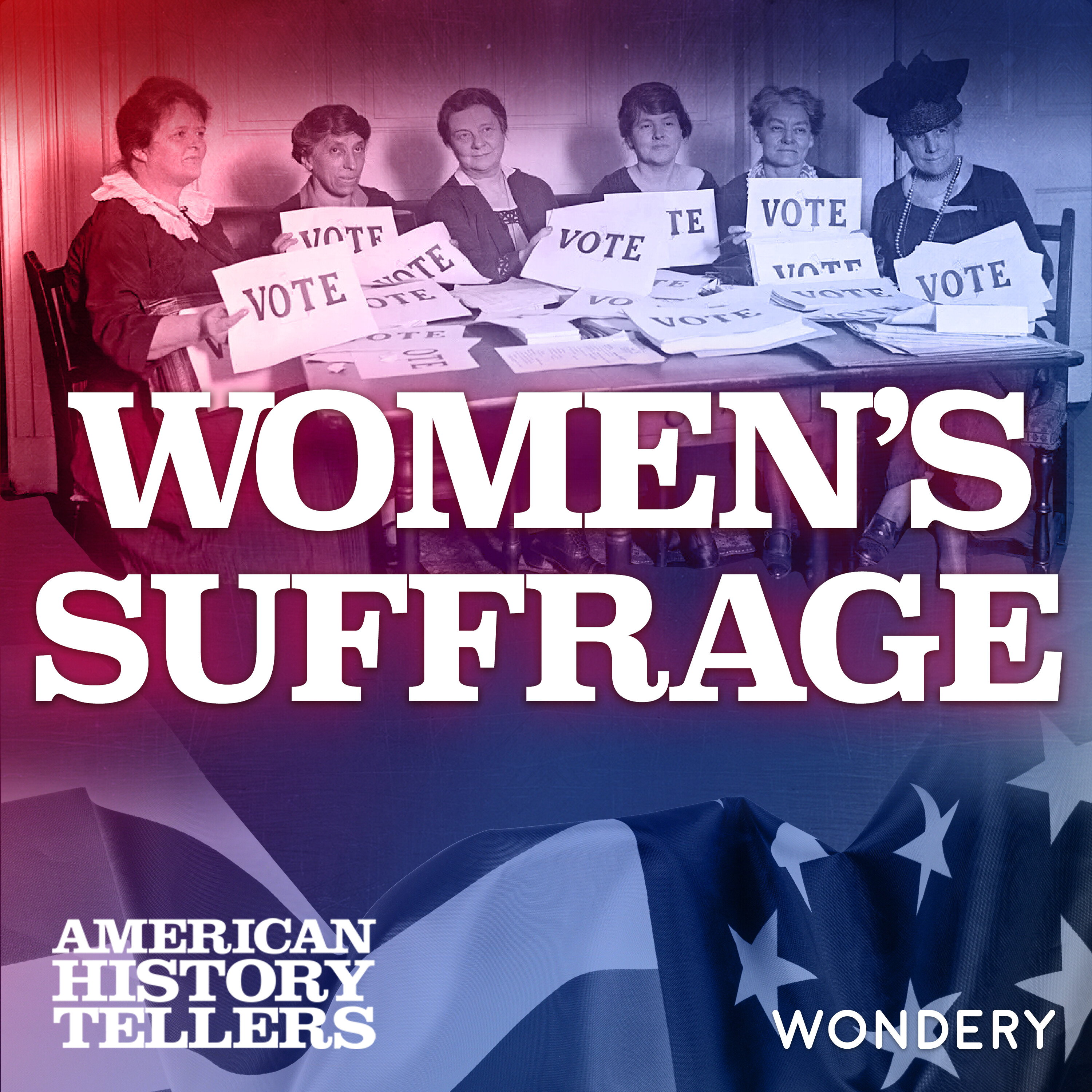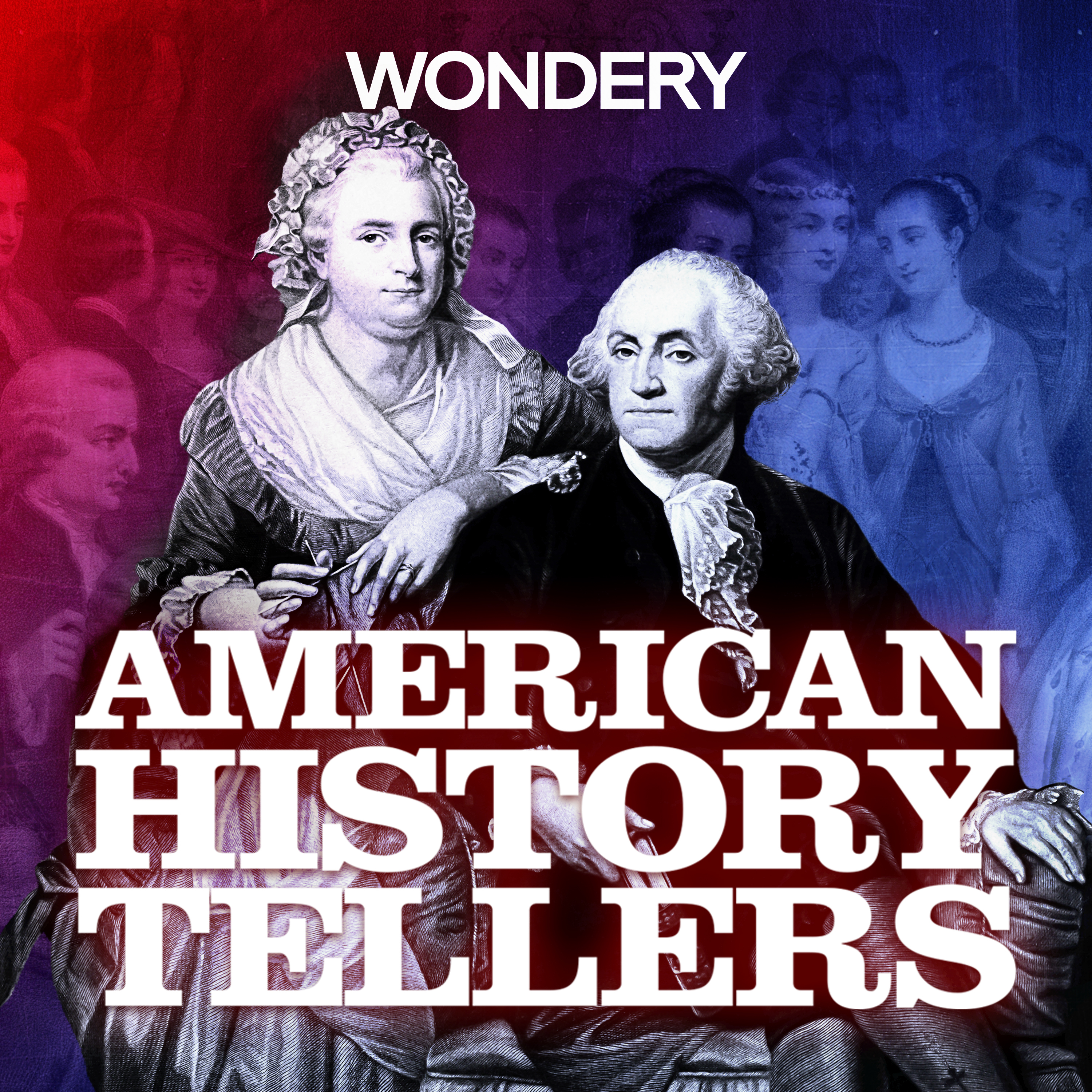
ENCORE: The Fight for Women's Suffrage | Created Equal | 1

American History Tellers
Deep Dive
- The Seneca Falls Convention took place in July 1848.
- Elizabeth Cady Stanton and Lucretia Mott were key figures in organizing the convention.
- The Declaration of Sentiments, modeled after the Declaration of Independence, was signed by 68 women and 32 men.
Shownotes Transcript
On July 19th, 1848, 300 female and male delegates gathered in a church in Seneca Falls, New York for America’s first women’s rights convention. After two days, 100 of the attendees signed the Declaration of Sentiments, a radical manifesto affirming the equality of men and women. It was the start of the women’s rights revolution.
Over the next two decades, Elizabeth Cady Stanton and Susan B. Anthony built a movement to push for women’s suffrage. They worked side by side with abolitionists, certain their causes were intertwined. But in the years after the Civil War, racial tensions broke apart the decades-old alliance between those fighting for the end of slavery and those fighting for women’s voting rights.
Be the first to know about Wondery’s newest podcasts, curated recommendations, and more! Sign up now at https://wondery.fm/wonderynewsletter
Listen to American History Tellers on the Wondery App or wherever you get your podcasts. Experience all episodes ad-free and be the first to binge the newest season. Unlock exclusive early access by joining Wondery+ in the Wondery App, Apple Podcasts or Spotify. Start your free trial today by visiting wondery.com/links/american-history-tellers/ now.
See Privacy Policy at https://art19.com/privacy) and California Privacy Notice at https://art19.com/privacy#do-not-sell-my-info).